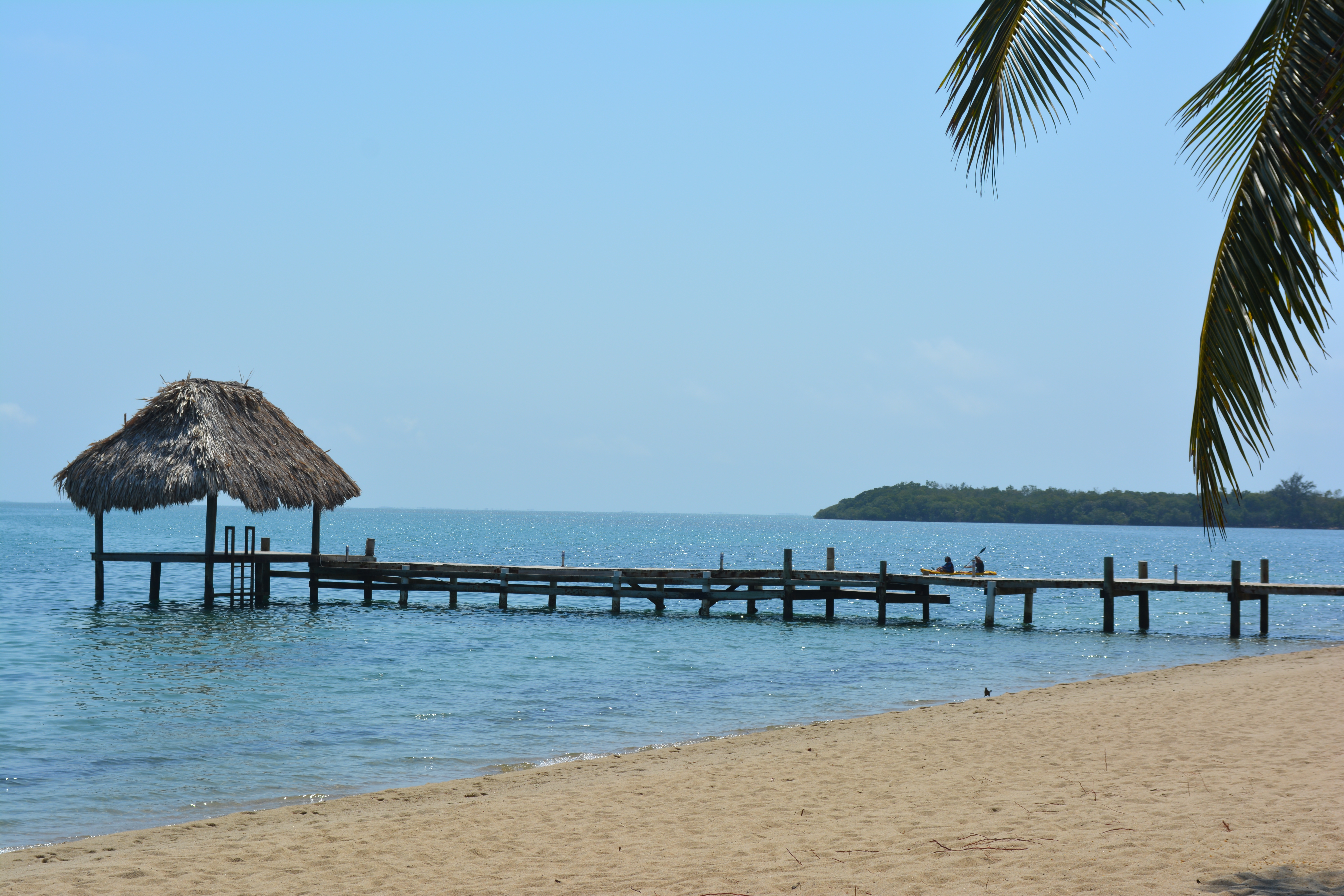Orange Walk District
Orange Walk District is a district in the northwest of the nation of Belize, with its district capital in Orange Walk Town.
The Orange Walk District, with an area of 1790 square miles (4,636 square km), is located north-northeast of the Belize District. This is the second largest district in terms of total area and lies between the Belize and Corozal districts to the east, Mexico to the north and Guatemala to the west. Significant villages in Orange Walk District include August Pine Ridge, Carmelita, Chan Pine Ridge, Douglas, Indian Church, Guinea Grass, San Antonio, San Carlos, San Estevan, San Felipe, San José, Nuevo San Juan, San Lazaro, San Luis, San Pablo, San Roman, Santa Cruz, Santa Martha, Shipyard, Trial Farm, Trinidad and Yo Creek. Other settlements with smaller numbers of inhabitants may also be found, as well as ancient Mayan sites such as Cuello, Lamanai, Noh Mul and Chan Chich. The Rio Bravo Conservation and Management Area, a large private nature reserve in the Yalbac Hills, is also located in this district. The land is highly cultivated with sugar cane, sorghum, rice, corn and vegetables by Mennonite farmers.
At the 2007 mid-year census, the Orange Walk District had an estimated population of 47,145 people.
The capital of the district is Orange Walk Town, with an estimated population of 15,990. The district is home to mostly Maya mestizo descendants of Mexican refugees who fled from the 1840 Caste War. The district’s main economic base is drawn from agriculture, with sugar cane being the primary crop. This is slowly being replaced by a combination of alternative crops such potatoes, onions and soya beans. Orange Walk is also important for its production of dairy products, citrus fruits, beef and rum production. Another emerging industry is tourism due to healthy populations of tropical wildlife and the rich archaeological sites now coming to light. There are over 400 recorded bird species in the district, making Orange Walk a birdwatcher’s paradise. Several settlements in the district are also home to German speaking Amish Mennonites, creole, and maya ketchi. The district is also the home of two rivers, the Rio Hondo, which also forms part of the border with Mexico, and the New River. In this district you can also find Belize’s largest body of water, the New River Lagoon.
Orange Walk District was previously dominated by loggers for over a hundred years until the refugees of the Caste War arrived in the late 19th century. At the time of logging, all the timber was floated down the New River into the Corozal Bay, then to Belize City and shipped abroad. Similar to the Corozal District, at the time of the arrival of the refugees, the logging industry was in decline and eventually gave rise to the sugar industry.
Although the Orange Walk District has no coast because it is locked inland, it boasts the remains of two forts, Mundy and Cairns, that were the scene of battles between earlier Mayan inhabitants of the district and settlers.
Click here for updated Orange Walk District population information







